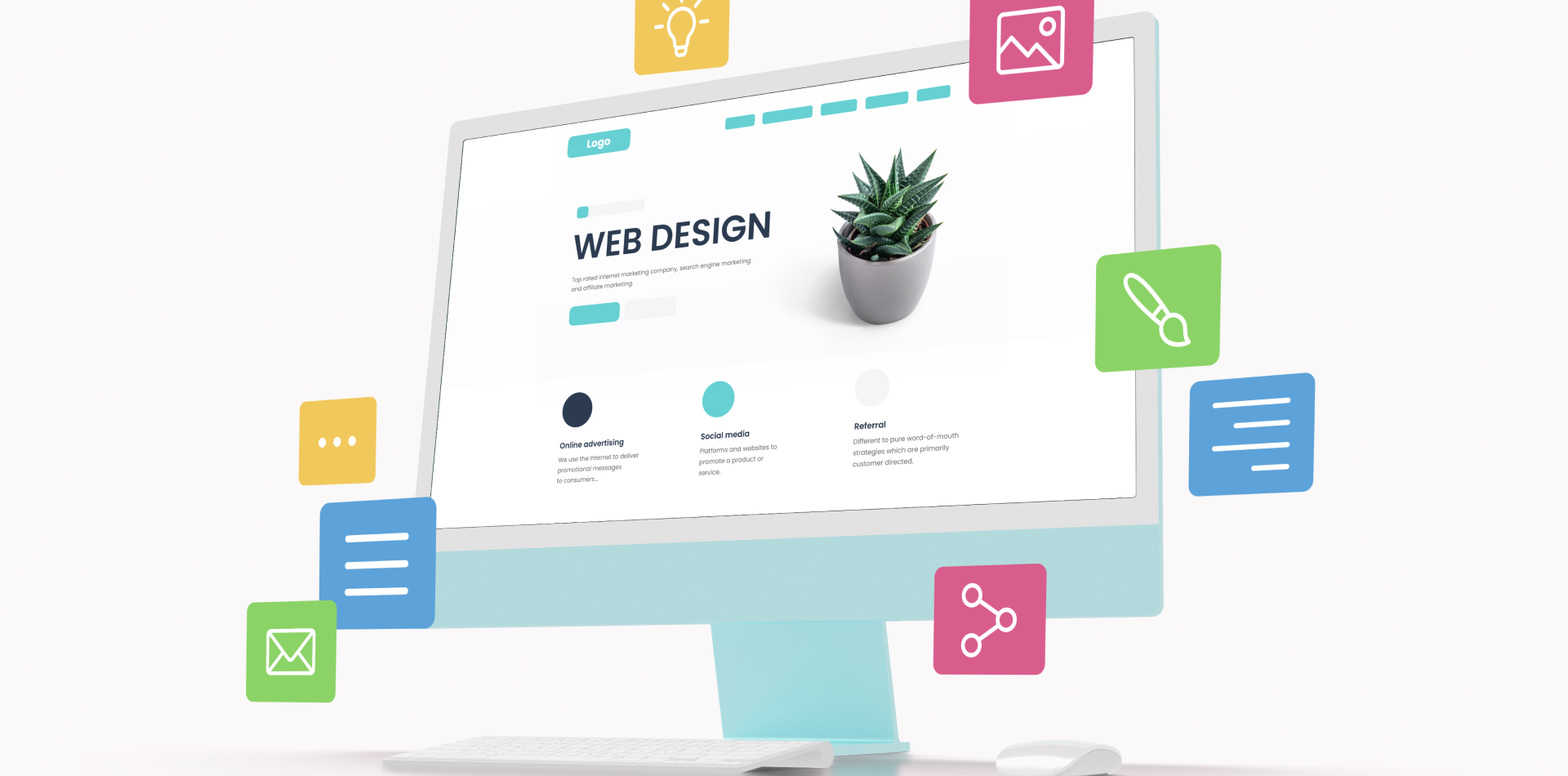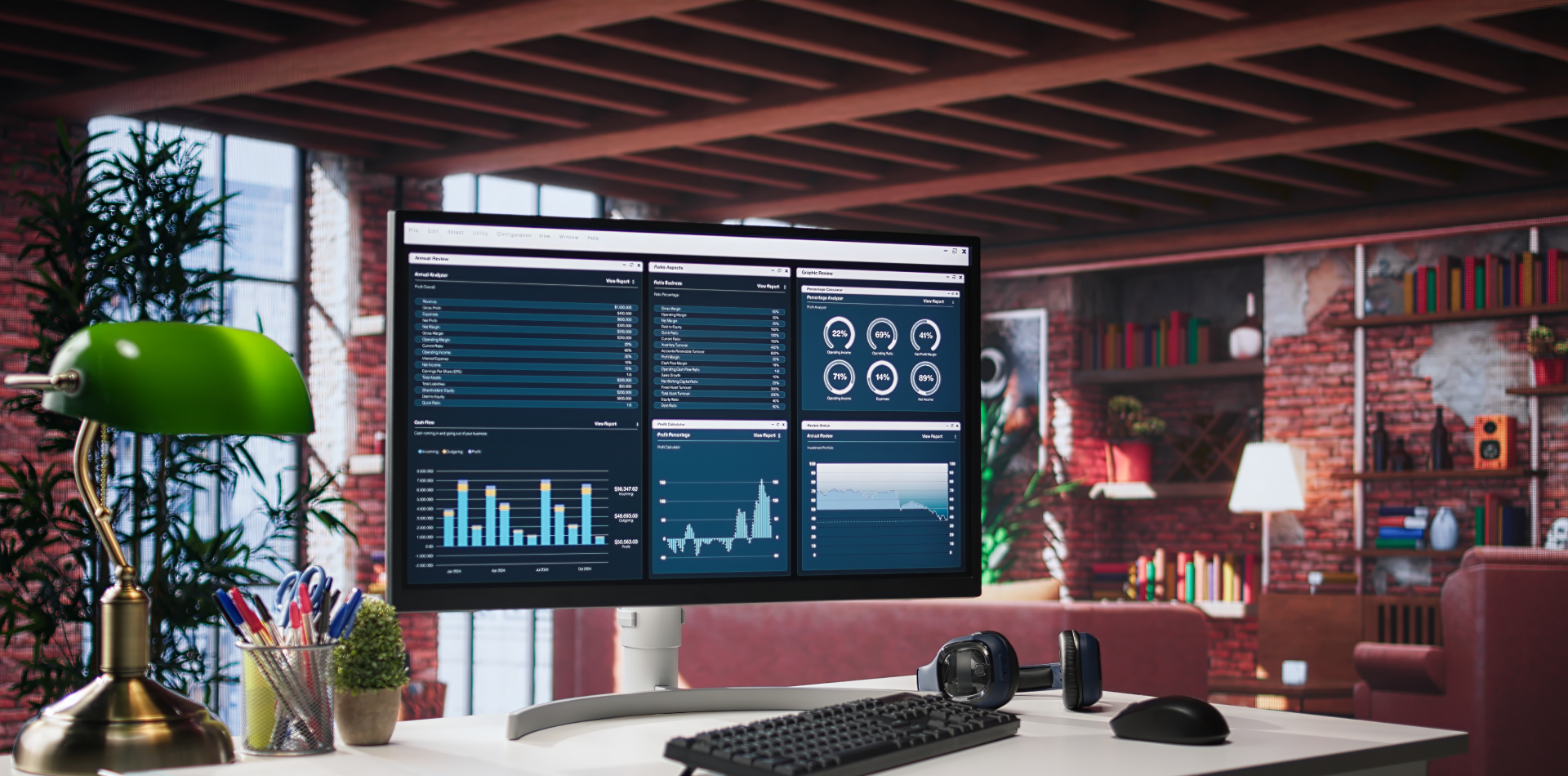Every Great Design Starts with a Mood
Design isn’t just about layout or typography—it’s about emotion, atmosphere, and intent. Before the wireframes, before the color palettes, and even before the brainstorming sessions, there’s a phase that many overlook but few regret: creating a mood board.
A mood board is more than a collage of pretty things. It’s a strategic tool that clarifies your vision, communicates tone, and aligns teams before a single pixel is pushed. Whether you’re crafting a brand identity, planning a web UI, or launching a product, mood boards anchor your creativity in focused inspiration.
Here’s how to build one that not only looks good—but works.

💡 Why Mood Boards Are Essential in the Design Process
Mood boards are a creative compass. They serve as visual shorthand—an instantly understandable way to express a design direction.
🔸 Translate abstract ideas into concrete visuals
🔸 Align teams and clients early in the process
🔸 Avoid inconsistent design decisions down the road
🔸 Save time by reducing subjective debates during reviews
🔸 Keep the creative vision consistent across all touchpoints
They’re especially powerful for freelancers, agencies, and design teams juggling multiple stakeholders or evolving brand ideas.
🧭 Step-by-Step: How to Build a Powerful Mood Board
Ready to create your own? Here’s a simple but effective process to follow:
🟠 Step 1: Define the Purpose of the Mood Board
Why are you creating it? Get clear on the goal.
🟠 Is it for a brand refresh? A new app? A landing page?
🟠 Who’s the target audience or client?
🟠 What emotions or values should the final design evoke?
This will influence every image, word, and texture you choose.
🟠 Step 2: Collect Visual Inspiration
Start gathering everything that reflects your intended mood.
🟠 Typography styles
🟠 Color palettes or gradient sets
🟠 UI snapshots, posters, magazine covers
🟠 Photography, architecture, fabric textures
🟠 Iconography, illustrations, patterns
Look everywhere: Pinterest, Dribbble, Behance, Unsplash, packaging, books, or even your own photos.
🟠 Step 3: Curate, Don’t Just Collect
Not everything makes the cut. Be intentional.
🟠 Choose 8–12 elements that visually align
🟠 Keep everything consistent in tone, texture, and personality
🟠 Ask: Would this fit the same brand, space, or experience?
This is where your design intuition kicks in. Think cohesion, not clutter.
🟠 Step 4: Arrange the Mood Board Visually
Now it’s time to build the board—either digitally or physically.
🟠 Use tools like Figma, Canva, Milanote, Miro, or Adobe Illustrator
🟠 Create balance between image, text, and white space
🟠 Include captions or notes if needed to explain your thought process
🟠 Consider grouping by theme: typography, color, layout, emotion
Your board should feel like one consistent story, not a random Pinterest scroll.
🟠 Step 5: Refine and Share
A mood board is a collaborative tool—not a final product.
🟠 Present it to your team or client early
🟠 Walk them through the choices you made and why
🟠 Be open to feedback and adjust accordingly
🟠 Finalize once there’s alignment on tone and direction
This step builds trust, saves revision time later, and strengthens your concept before design begins.
🧰 Tools to Create Your Mood Board Like a Pro
Here are some top platforms for building beautiful, functional mood boards:
🧩 Figma – Ideal for designers; flexible and real-time collaboration
🧩 Milanote – Built specifically for creative mood boarding
🧩 Canva – Great for beginners; quick and visually pleasing
🧩 Pinterest – Excellent for gathering visual inspiration and trends
🧩 Miro – Good for cross-functional teams and presentation-style boards
Pro Tip: Create a reusable mood board template in Figma or Milanote for faster setup on future projects.
⚠️ Common Mistakes to Avoid
Even experienced designers can stumble. Here’s what to watch out for:
🔸 Overloading the board with too many visuals
🔸 Mixing inconsistent styles or eras
🔸 Skipping the explanation of why items were chosen
🔸 Making the board too vague or too literal
🔸 Not sharing it early enough in the process
Remember: a mood board should inspire with clarity, not confuse with chaos.
✨ Real-World Example: Branding for a Minimalist Skincare Line
Project Goal: Create a brand identity for a clean, modern skincare product.
Mood Board Elements Included:
🟠 Soft neutral color palettes (beige, sage, off-white)
🟠 Sans-serif typography with wide spacing
🟠 High-contrast product photography
🟠 Natural textures like stone, linen, and water
🟠 Gentle gradients and minimal iconography
Result: The mood board set the tone early, helped the client visualize the aesthetic, and led to a branding system that felt high-end and calming—exactly what the product promised.
🧾 Final Thoughts: Mood Boards Make the Abstract Tangible
Designers are visual thinkers—but clients often aren’t. A well-crafted mood board bridges that gap. It speaks the universal language of color, texture, emotion, and balance.
Whether you’re designing a new brand, website, or digital product, mood boards keep your direction focused, your feedback cycles smoother, and your end product aligned with the vision you had from the very beginning.
It’s not extra work. It’s smart work.
💬 What Inspires Your Mood Boards?
Do you start with Pinterest? Do you sketch out emotions first? Or do you let photography lead the way? Share your process, tools, or favorite sources of inspiration below! 👇




5 Comments
Samantha Grey
3 April 2025I used to skip mood boards entirely—until I realized how much smoother client feedback gets when we align on mood upfront. This guide is spot on!
James Rowe
3 April 2025Milanote is my go-to for mood boards, especially for branding projects. Love the tip about keeping it curated—not just a pretty mess.
Nina Palmer
3 April 2025This part: “Cohesion, not clutter.” Yes! I’ve definitely been guilty of overloading my mood boards before. Thanks for the clear structure!
Ben Cartwright
3 April 2025Great reminder that mood boards are collaborative tools, not just internal exercises. Walking the client through each element has saved me SO much revision time.
Tara Middleton
3 April 2025I love starting with color and typography—those two elements always help me define the vibe early on. Figma templates have been a lifesaver.